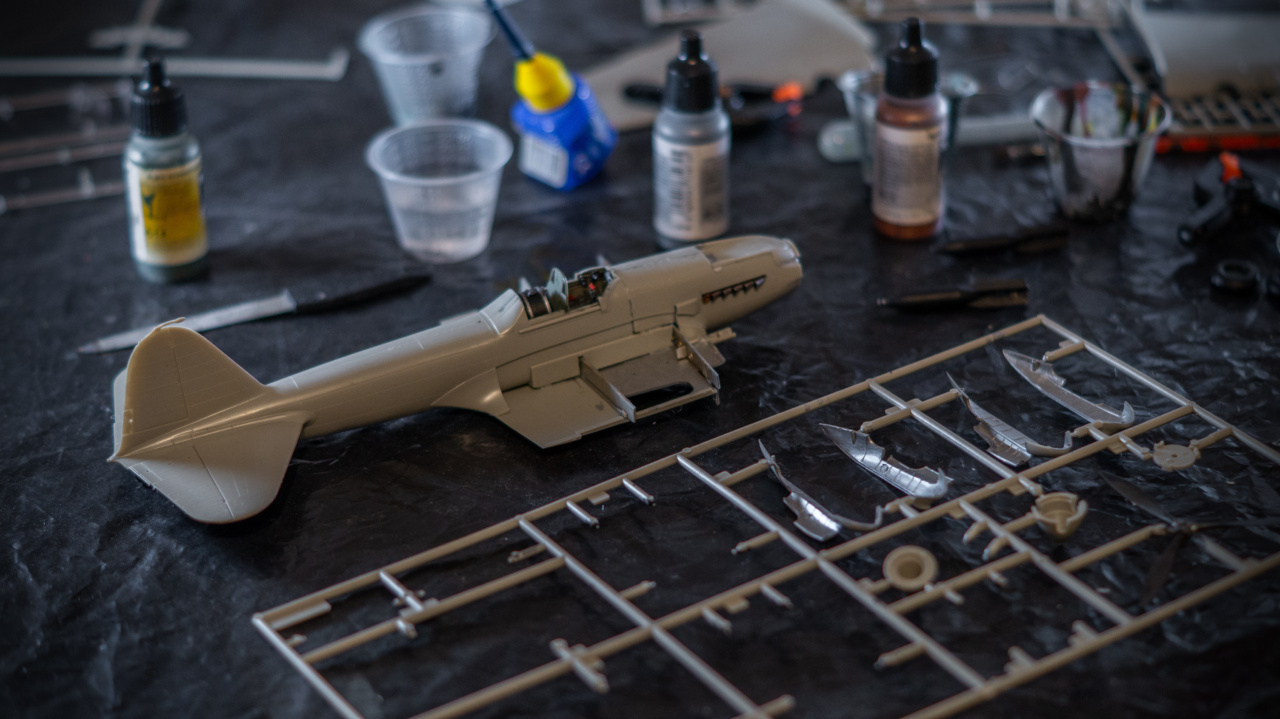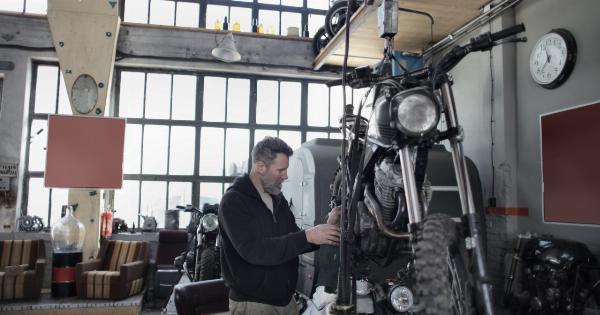When we travel by airplane, we’re already aware that we’re places with a lot of people, and it’s important that we keep ourselves healthy.
We have our masks, hand sanitizers, disinfecting wipes, and other things that keep us protected from germs and viruses. However, do we really know where the germs are coming from? Here are the germiest parts of an airplane that you should be aware of.
1. Tray Tables
The tray table is the most germ-infested part of an airplane. In fact, a study conducted by Travelmath found that tray tables have eight times more bacteria than the lavatory flush button.
This is because the tray table is a perfect breeding ground for germs, mostly because people eat and place used tissues on them. It’s essential to clean your tray table with disinfecting wipes before using them.
2. Seatbelt Buckles
Seatbelt buckles are among the germiest parts of an airplane since they are touched by every passenger who uses them. They can harbor bacteria, including E. coli and MRSA.
Before fastening your seatbelt, you may want to clean the buckle with disinfecting wipes first.
3. Lavatory Flush Button
The lavatory flush button is not surprising since people use them regularly. Some studies show that there are 265 bacteria per square inch on the flush button. It’s best to use a piece of tissue to flush, and never use your bare hands.
Wash your hands after using the lavatory and use a paper towel to dry them since there are also germs lurking on the handles and taps.
4. Seat-Back Pockets
The seat-back pockets are the perfect catch-all for passengers and commonly use them to store their belongings. It becomes a breeding ground for germs since people can put dirty tissues, used food wrappers, and other dirty items inside.
Before you store things in them, make sure to sanitize the pockets first, or better yet, avoid placing anything in there.
5. Air Vents and Overhead Lights
The air vents and overhead lights have different forms of bacteria since they are not touched as much as the other germ hotspots. However, they can still contain bacteria that could affect your health.
A study conducted by Auburn University found that overhead vents and seats can contain Methicillin-resistant Staphylococcus aureus (MRSA), which is responsible for infections such as pneumonia. Clean these areas before settling into your seat.
6. Armrests and Headrests
The armrests are among the areas that passengers often contact. Flight attendants may only sanitize the armrests once in a while, and it becomes a breeding ground for germs.
Headrests are less contaminated but should still been subjected to cleaning and sanitizing. To avoid contamination, use a small towel or any cloth before using them.
7. Blankets and Pillows
If you are on a long-haul flight and need some rest, you may ask for a blanket and pillow. Blankets and pillows are some of the germiest items in the plane since they are not frequently washed and sanitized.
It might be tempting to use them, but you could risk yourself to some respiratory infections. Bring your travel pillow and blanket, and make sure to wash it once you reach your destination.
8. Water Faucets in the Lavatory
The water faucets in the lavatory is considered the most significant contributor to the spread of disease on airplanes.
A study conducted by Emory University found that restroom faucet handles were a major source of bacteria that could lead to diseases such as streptococcus, E. coli, and influenza. After washing your hands, use a paper towel to turn off the faucet, or make sure to sanitize your hands.
9. Window Shades
The window shades are never sanitized, and they don’t usually get changed with every flight. Passengers who adjust them usually use their fingers, which can transfer bacteria from the shade to their hands.
If you need to move them, use a piece of tissue instead.
10. Airplane Carpets
This part is often overlooked, and for some reason, airports and airlines rarely clean them. According to a study conducted by the University of Arizona, airplane carpets have 20 times more bacteria than a home toilet seat.
Conclusion
It’s normal for planes to have germs, but it’s our job to be aware of them and take steps to avoid them. Bring disinfecting wipes, hand sanitizers, and other protective measures to keep yourself healthy and to avoid getting infections.
Remember, prevention is better than cure.































